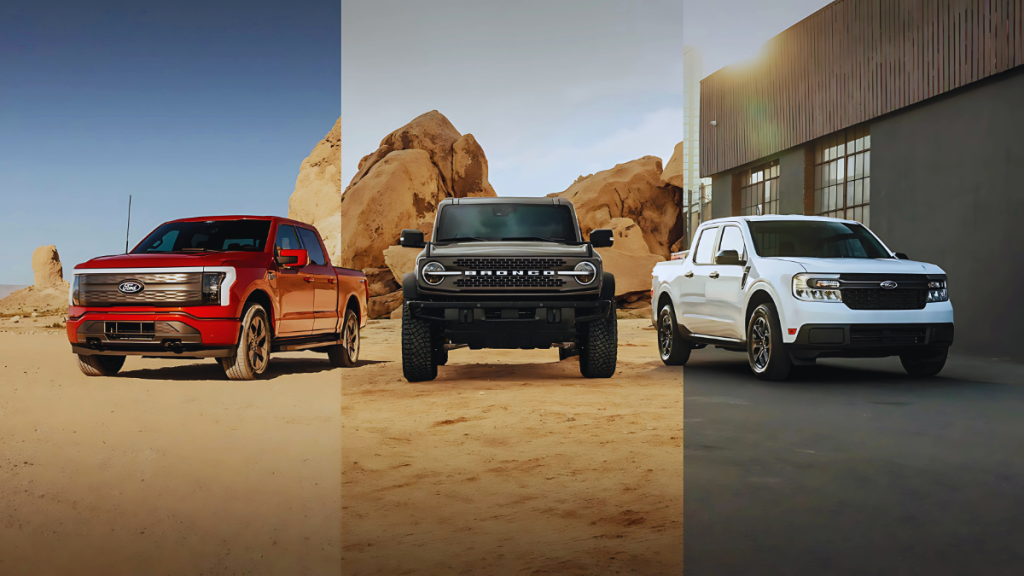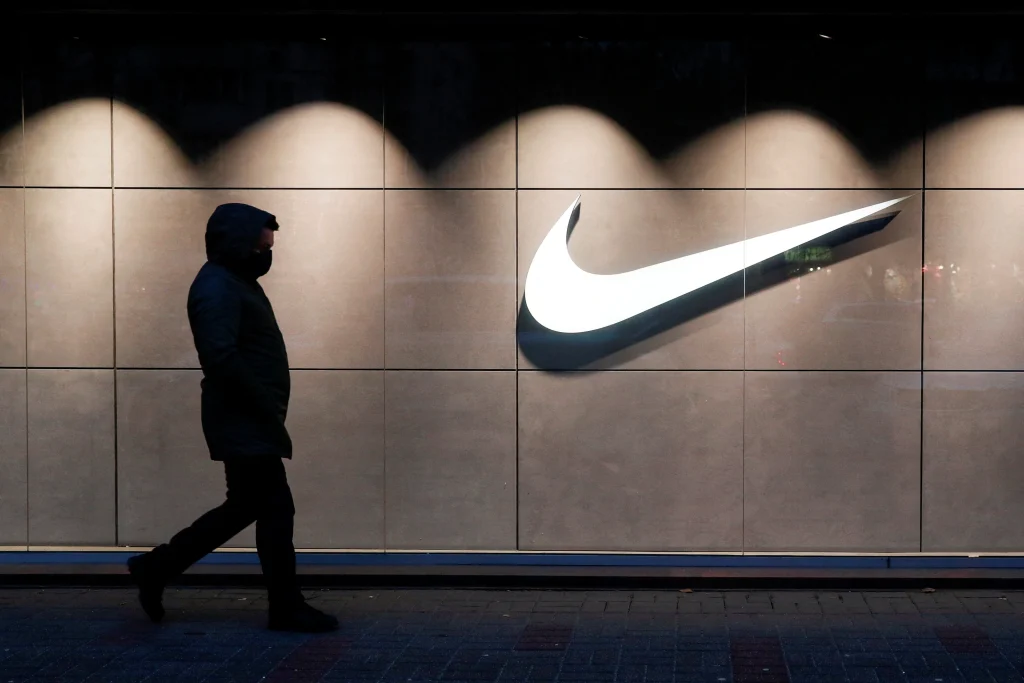
The Icon That Redefined Sportswear
Nike is not just a sportswear brand—it’s a cultural force. From humble beginnings to becoming a multi-billion-dollar empire, the journey of Nike is a classic American success story. As we commemorate Nike’s significant anniversaries, including its 50th milestone, it’s time to look back at how it all started, what shaped its dominance, and what remarkable facts make its history worth celebrating.
The Birth of Nike—A Modest Beginning
Nike’s story began in 1964 under a different name—Blue Ribbon Sports (BRS). Founded by Bill Bowerman, a track and field coach at the University of Oregon, and his former student Phil Knight, BRS started as a distributor for the Japanese shoe brand Onitsuka Tiger (now ASICS). Their mission was simple: provide American athletes with high-quality, affordable running shoes.
The duo sold shoes out of the trunks of their cars at track meets, slowly building a loyal customer base. The early 1970s saw cracks in their partnership with Onitsuka, leading them to develop their own brand. On May 30, 1971, the name “Nike”—inspired by the Greek goddess of victory—was officially born. The famous Swoosh logo, designed by student Carolyn Davidson for just $35, made its first appearance the same year.
The First Breakthrough—Launch of Nike Cortez
Nike’s first big hit came in 1972 with the release of the Nike Cortez. Designed as a lightweight and durable running shoe, the Cortez was a game-changer. It launched during the 1972 Summer Olympics, giving Nike the visibility it needed. The success of Cortez not only validated their design direction but also established Nike as a legitimate player in the footwear industry.
This initial triumph laid the foundation for future innovations, marketing strategies, and product lines. The Cortez is still sold today, a living relic of Nike’s early legacy.
Innovation on the Track and Beyond
Nike’s rise was heavily rooted in innovation. Bill Bowerman’s experimentation with a waffle iron led to the development of the famous “waffle sole,” providing better grip and cushioning. This was not just a new feature—it revolutionized running shoes.
By the late 1970s and early 1980s, Nike expanded its product lines to include basketball, tennis, and cross-training. In 1979, Nike Air technology was introduced in the Tailwind running shoe, giving athletes a performance edge with air-cushioned soles.
This era saw Nike transition from a niche athletic shoe company into a broad-based sportswear powerhouse.
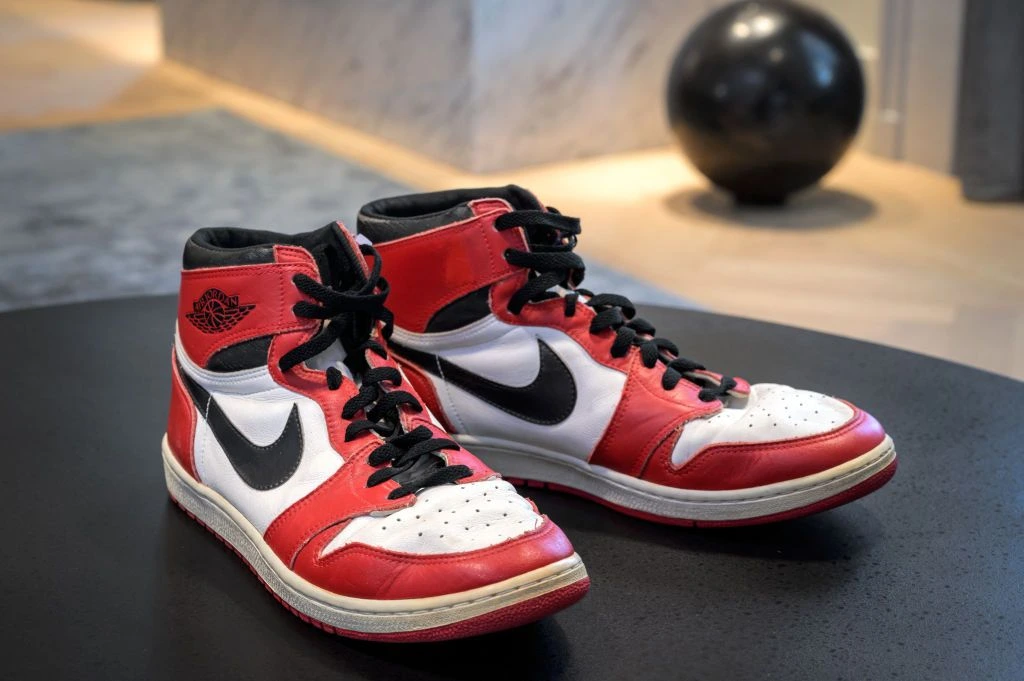
Air Jordan—A Game-Changer in Every Sense
In 1984, Nike signed a then-rookie basketball player named Michael Jordan. What followed was a branding revolution. The release of the first Air Jordan shoe in 1985 redefined sneaker culture and sports marketing forever. Air Jordans weren’t just athletic gear—they became fashion statements, collectibles, and symbols of status. Today, the Jordan Brand operates almost as an independent entity under Nike and generates billions in annual revenue.
Key facts about this partnership:
- The first Air Jordan broke NBA uniform rules.
- Nike expected $3 million in sales in year one—actual sales hit $126 million.
- The Jordan brand contributes over 10% to Nike’s overall revenue.
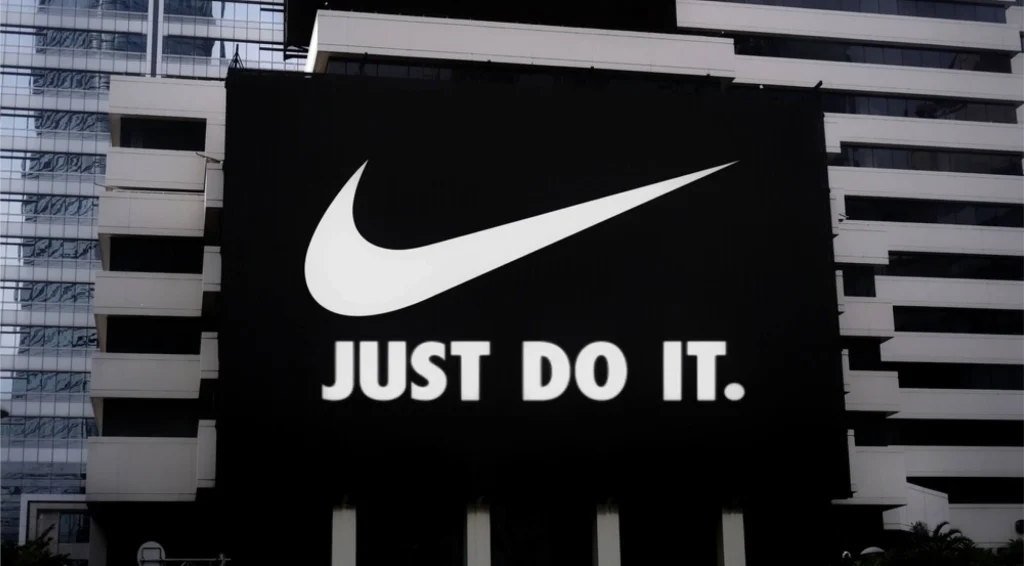
The “Just Do It” Era
Nike’s iconic slogan “Just Do It” debuted in 1988. Coined by advertising agency Wieden+Kennedy, the phrase struck a powerful chord. It wasn’t just about sports—it was a motivational mantra.
The first commercial featuring 80-year-old marathoner Walt Stack aired in 1988. The campaign positioned Nike not just as a performance brand but as a lifestyle brand. Sales skyrocketed.
Important statistics from this era:
- Sales increased from $877 million in 1988 to $9.2 billion by 1998.
- Nike surpassed Reebok as the #1 athletic shoe brand in America.
Expanding the Empire—Global Growth and Acquisitions
The 1990s and 2000s marked a phase of aggressive global expansion. Nike opened offices and factories worldwide and made strategic acquisitions, including
- Converse (2003)
- Hurley International (2002; later sold)
- Umbro (2008; later sold)
Nike’s international presence grew rapidly, with brand visibility soaring through sponsorships, retail stores, and collaborations.
Digital Transformation and Nike+ Revolution
Nike didn’t rest on its laurels. In 2006, it launched Nike+, a collaboration with Apple that allowed runners to track their performance using sensors and iPods. It was a bold step into fitness tech, laying the groundwork for apps like Nike Training Club and the Nike Run Club.
In recent years, Nike has prioritized direct-to-consumer sales, mobile commerce, and digital experiences. It closed wholesale accounts to focus on its own apps and flagship stores, a move that strengthened brand loyalty and profitability.
Sustainability and Corporate Responsibility
Modern consumers expect more from brands, and Nike responded with its Move to Zero campaign—a journey toward zero carbon and zero waste. Nike now uses recycled materials in many of its products and publishes an annual Impact Report outlining its progress.
Notable initiatives:
- Use of sustainable materials like Flyleather and Nike Grind
- Circular design innovations
- Community impact through the Nike Foundation
Nike’s 50th anniversary is not just a celebration of success—it’s also a reaffirmation of its commitment to people and the planet.
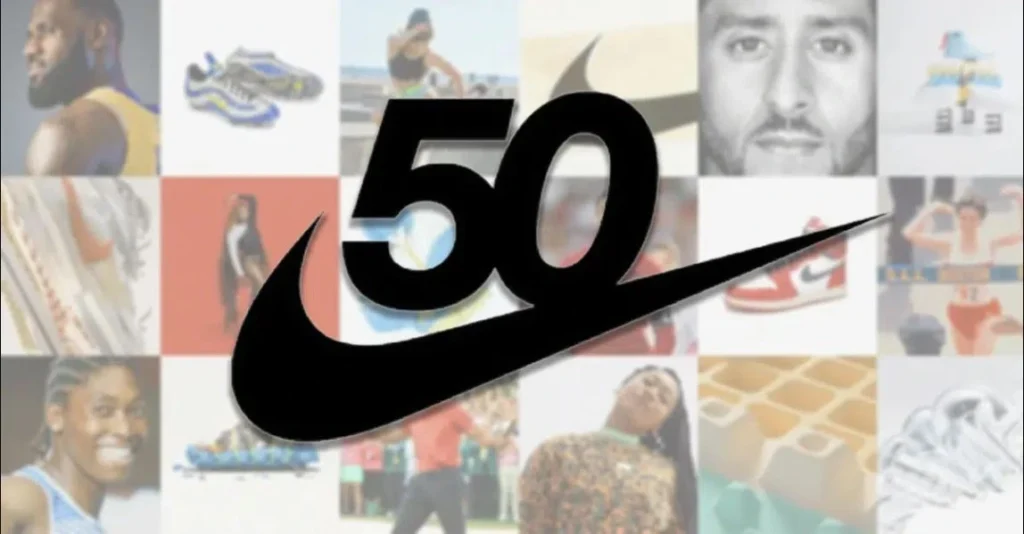
Celebrating the 50th Anniversary—A Look Back and Forward
In 2022, Nike celebrated its 50th anniversary with the campaign “Seen It All.” It was not just a look back but a call to the future. Featuring athletes past and present, the campaign highlighted five decades of innovation, resilience, and cultural relevance.
Key highlights:
- Commemorative sneaker drops and special editions
- Community outreach programs
- Retrospective media campaigns showing archival footage
The campaign emphasized diversity, inclusion, and empowerment—hallmarks of Nike’s modern identity.
Fun Facts and Lesser-Known Milestones
Here are some amazing facts that you may not know about Nike:
- The company was almost named “Dimension Six.”
- The Swoosh was initially disliked by co-founder Phil Knight.
- Nike owns patents on motion-sensing shoes and self-lacing sneakers.
- Nike was the first to use environmentally preferred rubber in footwear.
- Serena Williams and LeBron James have lifetime endorsement deals with Nike.
These tidbits highlight how innovation, creativity, and risk-taking define Nike.
The Future of Nike—What’s Next?
With emerging technologies like augmented reality, smart fabrics, and the metaverse, Nike is already preparing for the next 50 years. It has launched virtual sneakers (NFTs) and is building a presence in Web3 through its .SWOOSH platform.
Future goals:
- Enhance customization using AI and data analytics
- Expand into digital fashion and virtual sportswear
- Further sustainability with closed-loop production
Nike’s future seems limitless—as long as it continues to adapt and innovate.
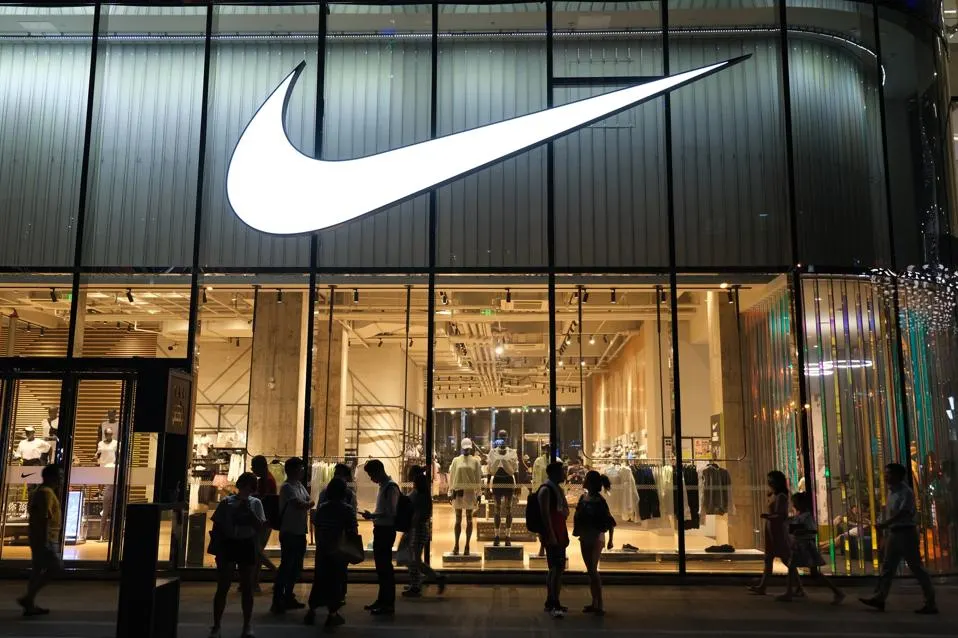
Conclusion: More Than a Brand, a Legacy
From a track field in Oregon to the global stage, Nike’s story is one of relentless pursuit, bold innovation, and cultural relevance. Its anniversary isn’t just a date—it’s a celebration of what’s possible when vision meets execution.
So, the next time you see the Swoosh, remember: it’s more than a logo. It’s a symbol of victory, perseverance, and human potential. Just do it.

